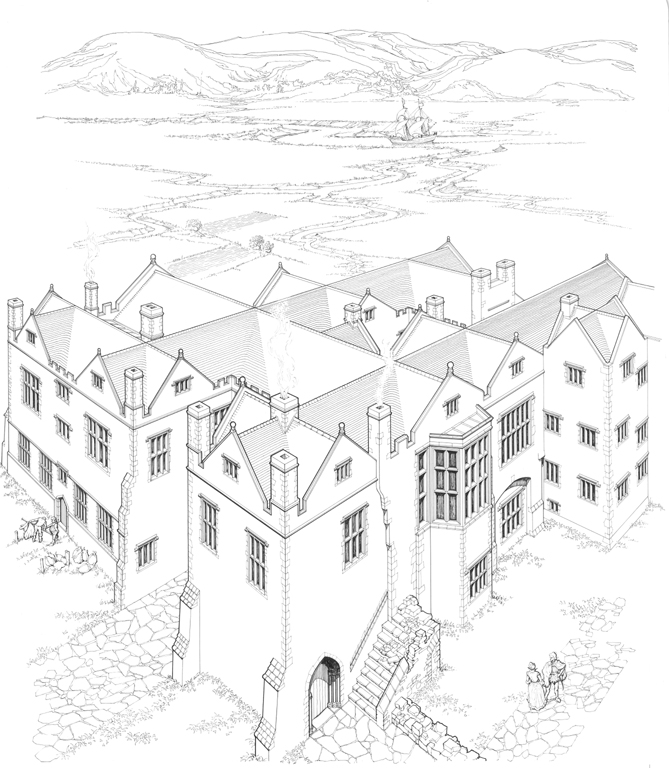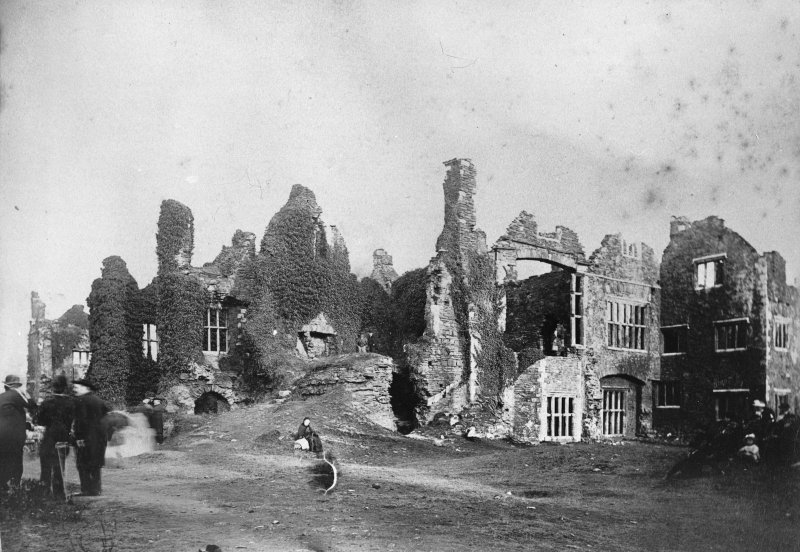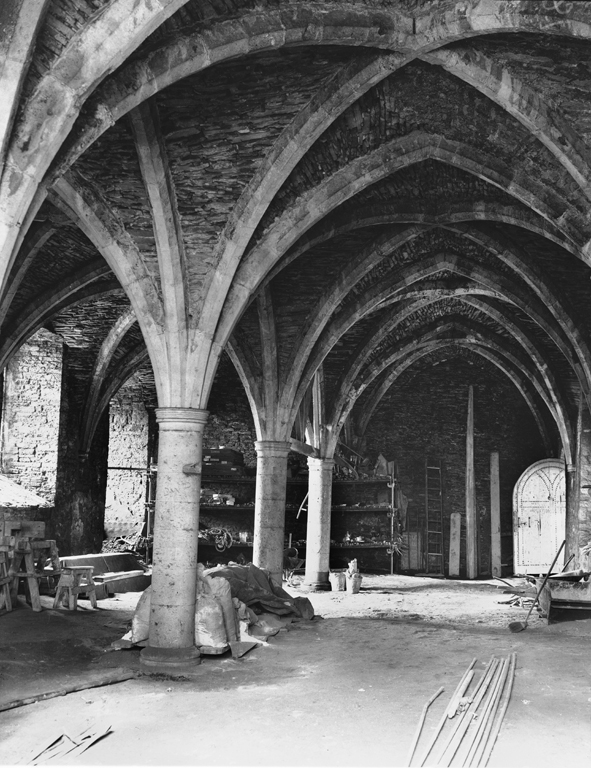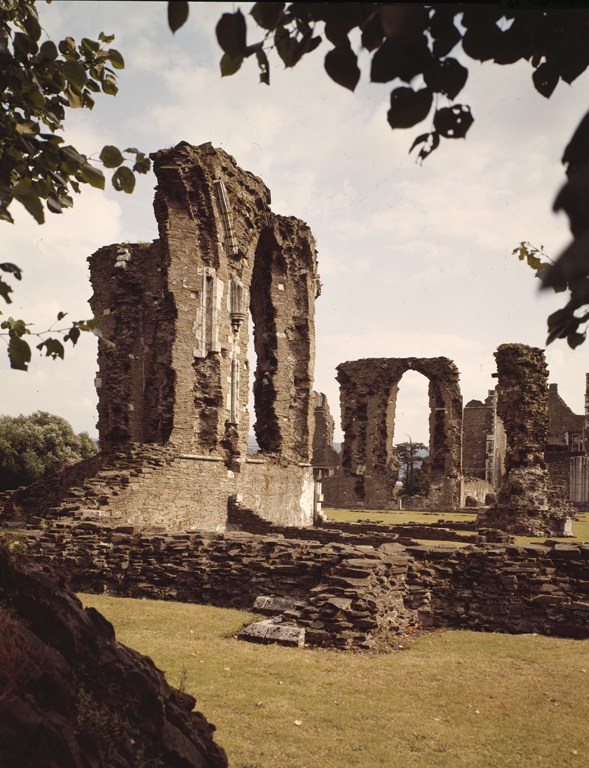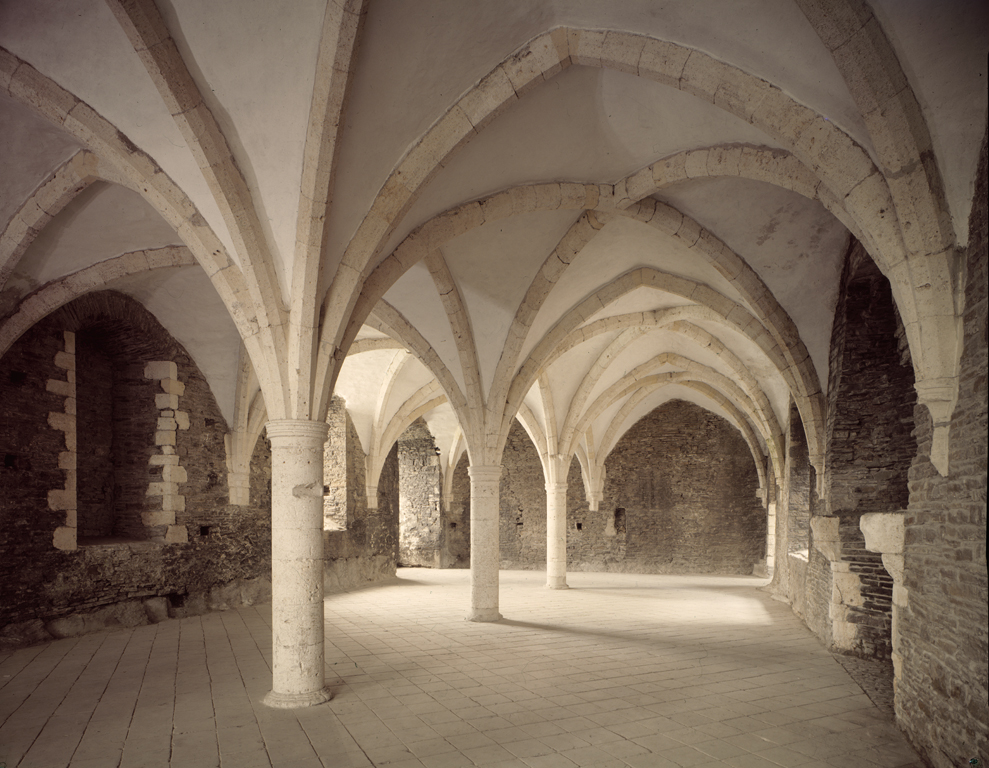Neath Abbey - Overview
Neath Abbey was established as a Savignac monastery in 1130, but when the Order was absorbed by the rapidly expanding Cistercian order in 1147, Neath became a Cistercian House. A monastic complex was completed by the end of the twelfth century, and despite attacks during the Welsh uprisings, the site quickly prospered under the patronage of Robert de Clare and rebuilding on a larger scale started in the late thirteenth century. Its wealth came largely from the extensive estates its was granted across Glamorgan, Devon and Somerset, and the expansion of the former brought it into bitter dispute with the neighbouring abbey of Margam.
Although Neath Abbey escaped the first wave of Henry VIII’s dissolution of the monasteries in 1535, four years later Abbot Leyshon Thomas was forced to surrender the monastery to the Crown. The site was granted to Richard Williams, though by 1600 was in the hands of Sir John Herbert. A large Tudor mansion was built into the south-east corner of the cloisters during the latter part of the sixteenth century, though after a century of occupation this too fell into disrepair.
With the rise of heavy industry during the eighteenth century, some of the former monastic buildings were repurposed for copper smelting and an ironworks opened its doors nearby. When the exiled Breton aristocrat Armand-Louis-Bon Maudet, Comte de Penhouët visited the site in 1796, he praised the beauty of the ruins, which clearly still showed traces or their former, medieval, glory, but ran in fright from the begging homeless women and children who lived among them. They reminded him just a little too much of the Parisian Women’s March on Versailles that jumpstarted the French Revolution. Taken into state care in 1944, the site is now owned by Cadw, and is a popular site for filming having been extensively used in televisions shows such as Doctor Who and Merlin.
Accounts of Travel
Letters Describing a Tour through Part of South Wales, 1796
Armand-Louis-Bon Maudet, Comte de Penhouët (1764 – 1839)
Nous marchâmes vers les ruines plus considérables de l’abbaye, situées au bord de la Tawe, à un demi mile de la ville. Ce qui reste de l’église suffit à donner une idée de sa forme et de sa beauté, car ses fenêtres sont d’une taille et d’une grandeur impressionnantes; mais la partie la plus et la mieux preservée est le couvent contigu: si seulement il l’était moins, car ses cellules servent de refuge à une bande innombrable de mendiants, dont les formes sont hideuses au-delà de ce que l’on peut imaginer: l’air que l’on respire dans ces cavernes souterraines est, sans aucun doute la cause du teint livide et de l’aspect maigre qui les caractérise tant. Dès que j’entrai dans l’une des absides voûtées, plusieurs femmes sortirent de trous qui débouchaient dedans; elles m’encerclèrent, et plus m’avançais, plus elles devenaient nombreuses: elles portaient presque toutes un bébé sur le dos, et la voix avec laquelle elles mendiaient‚ ne pouvait être comparée qu’à celle de ces femmes qui menaient les troupes révolutionnaires à Paris. En choisissant ces endroits pour habitation elles économisesnt bien le loyer – mais l’oisiveté est la cause majeure de leur continuation dans cet état de misère.
We walked towards the more considerable remains of the Abbey, situated on the Tawe, half a mile from the town. Enough of the church is still standing to give an idea of its form and beauty, for the windows of it are of an amazing size and grandeur; but the most entire and best preserved part is the adjacent convent: it were to be wished that it were less so, for the cells of it serve as a retreat to an innumerable gang of mendicants, whose figures are hideous beyond all that can be imagined: the air which they respire in these subterranean caverns is, without doubt, the cause of that livid complexion and lean aspect which so particularizes them. As soon as I entered into one of the vaulted outer parts, several women came out of holes that communicated with it; they surrounded me, and the farther I advanced, the more the troop augmented: they carried almost all of them infants upon their backs, and the tone of voice in which they begged of us could be compared only to that of those women who headed the rebels at Paris. In fixing on those places as their habitations, they save themselves the payment of rent – but idleness is the great cause of their continuing in this state of misery.
Letters Describing a Tour through Part of South Wales, 1796
Armand-Louis-Bon Maudet, Comte de Penhouët (1764 – 1839)
En passant devant une forge où l’on fabrique du fer, nous avons assisté par hasard à l’une de leurs opérations; je ne tâcherai pas de vous décrire l’intérieur d’une de ces maisons de Vulcan, car cela est étranger à mon sujet: je dois, cependant, juste noter, comme chose qui vaut une grande attention, ces énormes machines qui marchent au feu, l’invention ingénieuse de l’âge dans lequel on vit, qui en suppléant la main d’œuvre humaine, produit des effets si surprenants. Ici la vapeur d’eau soulève en équilibre un poids de cinqu mille livres, et cette même vapeur, une fois condensée, règle l’action de la soufflerie, qui soufflent sans cesse sur les fourneaux où le métal est en fonte.
Passing by a forge where the iron is manufactured, we were present by accident at one of their operations; I do not attempt to describe to you the inside of one of those abodes of Vulcan, because it is foreign to my subject: I must, however, just note, as a thing worthy of great attention, those vast machines worked by fire, the ingenious invention of the age we live in, which supplying the place of human labour, produce such surprising effects. Here the steam of water lifts in equilibrium a weight of five thousand pounds, and the same steam, when condensed, regulates the movements of the bellows, which without ceasing keep blowing the furnaces where the metal is in fusion.

